PhilaGardener
Garden Addicted
- Joined
- Jan 9, 2014
- Messages
- 692
- Reaction score
- 746
- Points
- 257
- Location
- Gardening outside Philadelphia
The hila on those seeds looks odd. Are they Sword/Jack beans (Canivallia as opposed to Phaseolus)
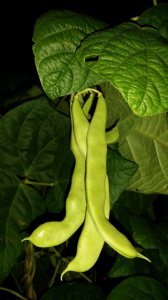
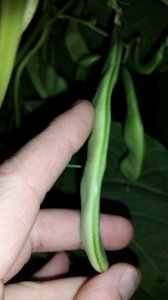
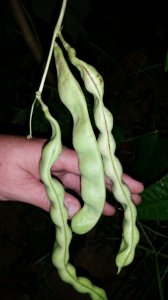
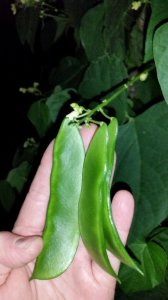
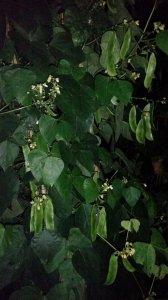
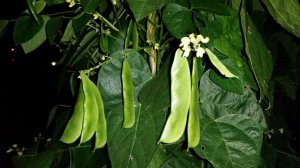
@journey11, I sent Weaver and Neptune to Marshall at the end of 2013. I first grew Weaver and obtained it through a member of Seed Savers Exchange probably around 1980. It has been traded around among members of SSE for nearly 40 years. The bean is part of the permanent bean collection of SSE. It produces these incredible long flattened pods. I have harvested them at 9 inches in length and they still cook tender as long as they are not seedy. Food historian William Woys Weaver (his name being no relation to the bean) believes that "Weaver" may have been introduced by a California seed company in the 1920's. I don't know what the name of the seed company could be or wheather it's even still in business.
In 1980 a fellow from Tennessee by the name of E.P. Griggs sent me several limas that he stated were very old varieties and he wanted someone to insure their survival. These limas had no names. I named them Celeste, Neptune and Ganymede. Several years later I donated them to SSE. These limas are also part of the permanent bean collection of SSE. Neptune should not be a black seeded bean. I believe Marshall probably has found a dark colored outcross and continued to grow it and named it Black Neptune. That's fine nothing wrong with that. I myself as you know like to work with outcrosses. This year I grew Neptune for the second time since 2012 and I am finding a very dark purple bean among my Neptune crop which at a little bit of distance you could say looks black, but I think it really is a very dark shade of purple. I don't know if I will continue to grow this dark purple bean or simply weed it out and possibly discard it to my stewing pot.